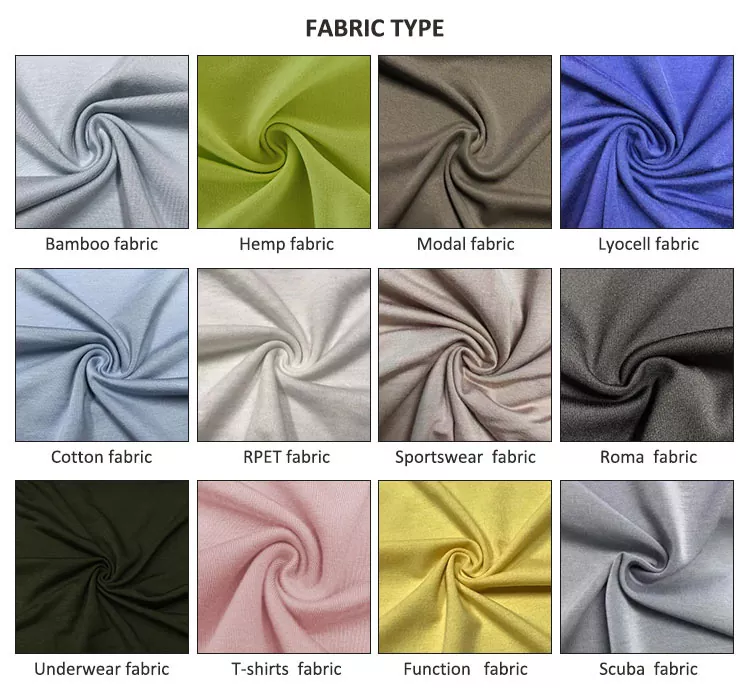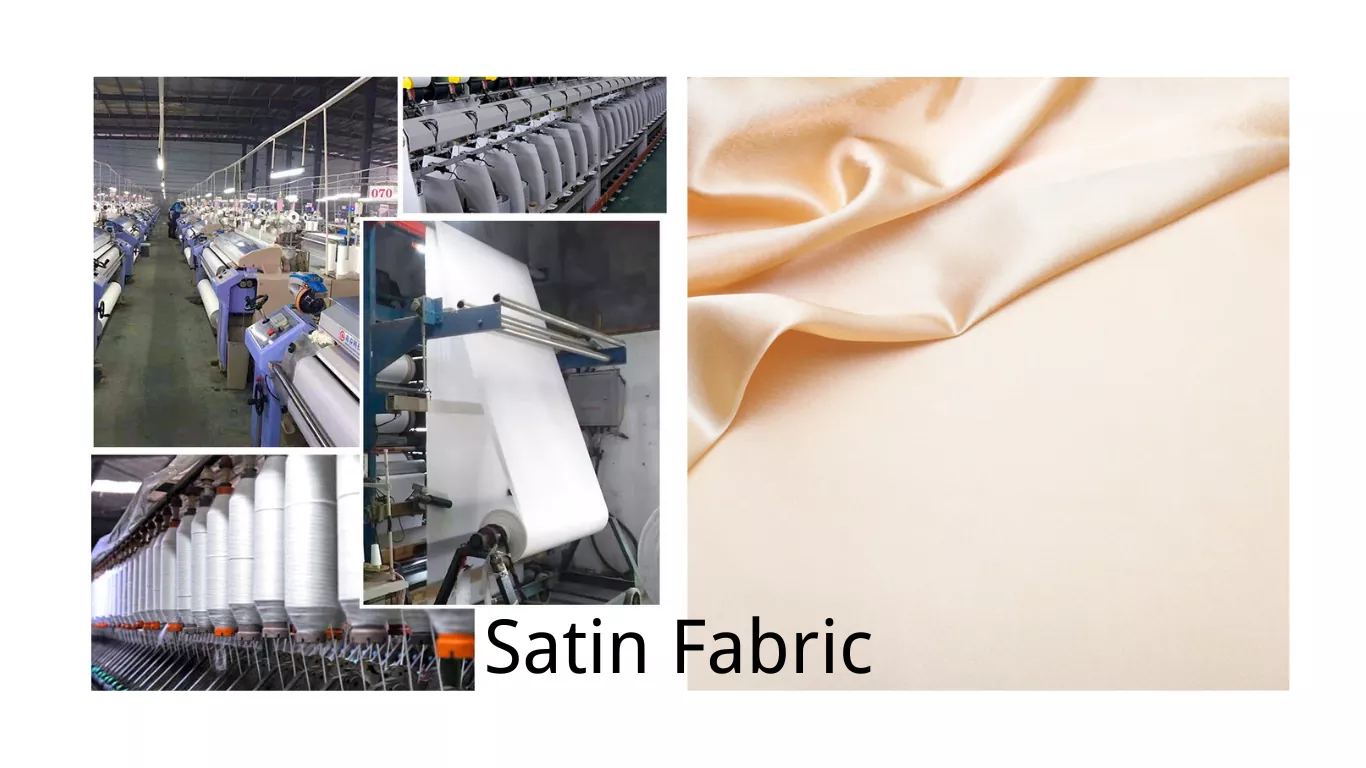洋服工場の秘密が明らかに:ファッション生産の芸術を解き明かす
A plethora of intricate processes hidden behind the shimmering curtains of the fashion industry are the backbone of the creation of every stunning piece. The process is not as straightforward as it may seem, going far beyond a simple understanding of patterns or colors. Everything begins within a 衣料品工場, where assorted fabrics are painstakingly transformed into eye-catching garments. Pjgarment.com stands as an epitome in the industry, exhibiting the complex process of turning raw materials into finished clothes.
Although clothing factories worldwide contribute significantly to the fashion industry, there lies an largely unnoticed world in the clothes factory sector. China clothing factories, particularly, are known for their exceptional speed and efficiency. They are finely tuned mechanisms where an intricate dance of human skills and technology results in the creation of high-quality factory clothing. With the search for a ‘clothing factory near me’ becoming increasingly popular due to consumer demand for local production, both durability and aesthetic appeal have become crucial. In this regard, the work smart clothing factory model, with its emphasis on efficient practices and high quality, streamlines production to suit modern consumers. Cloth factories thus make significant contributions to the world of fashion, blending art, craft and science in every garment produced.
Understanding the Complexities of Textile Manufacturing
In the vast landscape of textile production, the best clothing factories excel by mastering an intricate dance of numerous processes. This journey of fabric production, from the raw material to the final product, is filled with complexities. To begin with, cloth factory workers need to understand the different properties of fibres, manage multiple stages of spinning, weaving or 編み物, dyeing and finishing, and carry out quality control checks. California, among other places, is home to numerous clothing factories that implement state-of-the-art technology to perfect these multi-tiered operations and thus, offer the highest quality textiles.
Transcending continents, the clothing factory in Italy employs rich tradition blended with modern innovation to produce their iconic designs. Each garment embodying the profound skill-set of decades-long professionals be it in a premier factory clothing store or a less-known clothing factory outlet. A growing trend has been the shift towards sustainable practices. Factory clothing warehouses are now implementing practices aimed at reducing waste and exploiting renewable energy resources. As a response to the ever-changing dynamics of consumer preferences, a number of clothes factories are revolutionizing their production lines with the integration of smart technologies, thereby ensuring competitive edge in the fast-paced industry.
The Crucial Role of Pattern Making in Garments
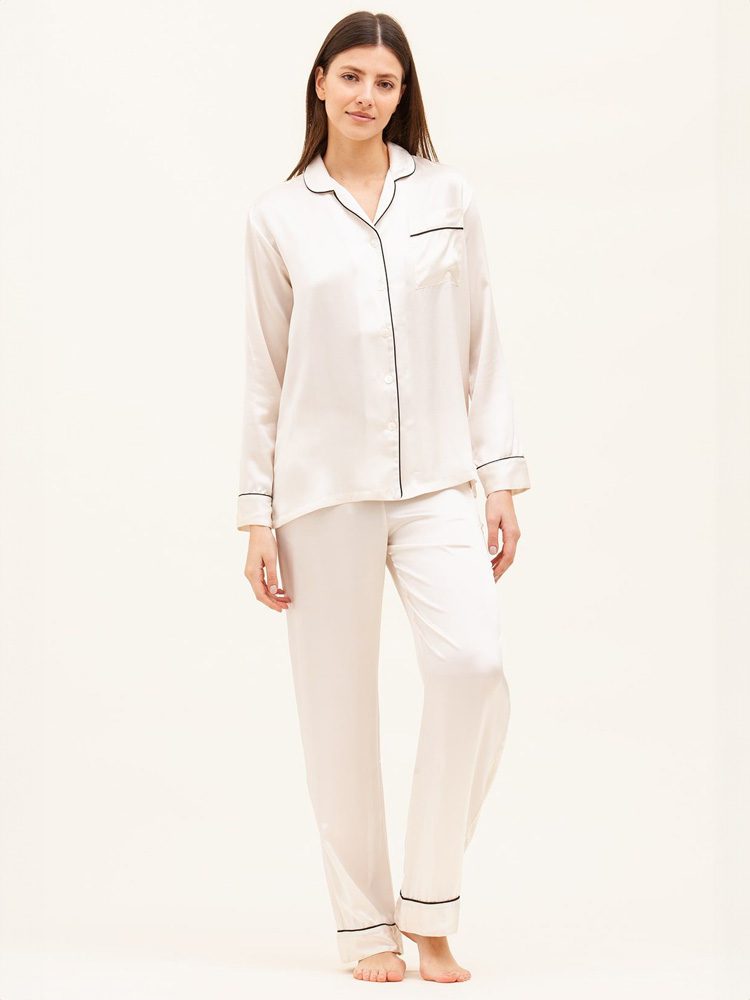
Pattern making serves as the blueprint of garment production, critically influencing the fit, style, and overall look. High-quality patterns lead to excellent finished products, which is why renowned clothing factories in China and the USA invest significantly in this crucial step in garment creation. Particularly, the clothing factory in Los Angeles is revered for its precision in pattern making, subsequently reflecting in the quality of clothes it produces. Comprehending the importance of patterns, clothing factories near me have dramatically improved their processes to create accurate and highly detailed designs that ensure the final garments fit ideally.
This pivotal function has been time-tested and used across multiple platforms, including illustrious brands from the clothes factory near me in locally made linen clothing to the larger scale men’s clothing at Burlington Coat Factory. As for the Los Angeles clothing factory, their pattern-making process has been instrumental in making LA a renowned fashion creation hub. Pattern creation also plays an integral role in maintaining consistency in sizes and styles, giving メーカー an absolute edge in production. Thus, from the perspective of clothing factories both locally and globally, a thorough understanding of pattern quality and accuracy is vital in the competitive アパレル産業.
The Art of Sewing and Assembly: The Backbone of Fashion Creation
Central to the construction of any apparel is the art of sewing and assembly; a process that serves as the backbone of fashion creation. Over time, this craft has moved beyond the confinements of ホーム and neighborhood tailor shops to establishing vast factories across the globe. For example, clothing factory workers in the UK and the US have long formed a major part of the fashion manufacturing sector. American clothing factories, like the American wholesale clothing factory, produce garments through mechanical systems, maintaining the quality for which they are widely appreciated.
Indeed, the process of creating garments is not as simple as it may initially appear. Today, everything from household names like Burlington Cloth Factory to the best clothing factories in China, contributes significantly to the production of various clothing items. Advances in technology and the growth of fast fashion have perfectly answered the question ‘are clothes made in factories?’ The globalization of fashion has made it possible for a Burlington Clothes Factory near me in the US, for instance, to access quality clothing factory resources from around the world. Through such collaborations, the fashion industry continues to evolve, and the art of sewing and assembly transitions into a large scale unprecedented phenomenon.
Quality Control: Ensuring Excellence in Every Garment
In the demanding world of fashion, maintaining quality is a key priority for every brand. A significant example is evident in the rigorous quality assurance processes employed by the Burlington Coat Factory for their children’s アパレルライン. This renowned brand ensures that each product that enters the market is of topmost quality. Similarly, for those opting to buy clothes direct from the factory, whether it be China or India, where leading cloth manufacturers are situated, the quality of the product holds unparalleled importance. Thus, strict quality control measures are integral in these factories to maintain product integrity.
Chinese clothing factories, known for their wholesale contributions to the global market, are particular about maintaining quality consistency in their batch production. This approach not only establishes trust in consumers who buy clothes direct from China factory, but also elevates the brand identity in the hyper-competitive global market. The growth in the number of consumers looking for wholesale purchases, prompted by the surge of online platforms, has propelled the cloth factories, whether in China or a cloth factory near me, to improve their quality assurance measures. As a result, the ripple effect of stringent quality control can be felt across all dimensions of the fashion industry.
The Intricate Process of Dyeing and Finishing Fabrics
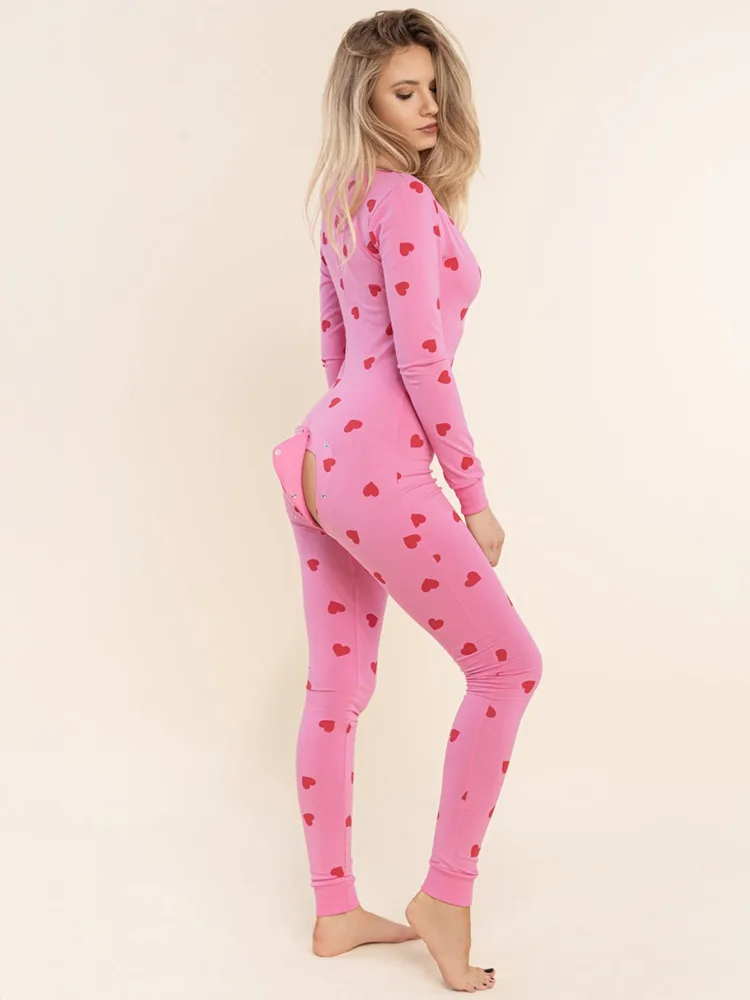
In the meticulous world of textile production, the process of dyeing and finishing fabrics holds notable importance. The initial phase which begins at the cloth factory, commonly referred to as cloth making factory, sets the basis for this. A multitude of vibrant hues and intricate patterns are methodically applied to bring life to the fabric. Users online, in search of these establishments, would often insert “cloth making factory near me” or “clothes factories near me” in their search engines for convenience and scrutiny of process. Renowned and trusted for their expertise, these clothes factory manufacturers play a crucial role in the success of a clothing brand factory.
Across the globe, clothing factories in Canada, London, Miami, and New York uphold the high standards of the industry. Their knowledge and application of the dyeing process and finishing techniques produce remarkably high-quality products. These processes involve careful attentiveness to ensure the longevity of fabric color and finish. The finishing phase, wherein fabric texture is finalized, can be something as subtle as a soft touch or as distinctive as a silk sheen. Every step is crucial, every detail, significant. This only underscores the depth of the intricate work involved in the textile industry at large.
Sustainable Practices in Modern Garment Production
In the pursuit of a more sustainable future, clothing factories around the world have begun overhaulers. Clothing factories in NYC have begun to promote responsible sourcing initiatives, with a focus on eco-friendly materials and practices to reduce their carbon footprint. Similarly, the clothing factories in South Africa have been campaigning for fair trade, ensuring contributing workers have safe, healthy working conditions and livable wages. Additionally, clothing factory Canada has implemented efforts to make water usage more efficient within their processes and is striving for zero waste production.
Meanwhile, the clothing factory in Chicago is adopting renewable energy sources, a major step towards sustainability. The clothing factory in China, one of the largest global textile producers, has also taken steps to mitigate their environmental impact through pursuing waste reduction and pollution controls. Across the Atlantic, the clothing factory in Italy leans heavily on the use of organic fibers, while the clothing factory London installs energy-efficient machinery. Likewise, down south, the clothing factory in Miami emphasizes on local sourcing and minimizes long-distance transportation. Notably, clothing factory NYC and clothing factory warehouses now routinely conduct environmental audits, testifying to the growing call for sustainable practices within the fashion industry.
The Impact of Technology on Fashion Manufacturing
Technological advancements have significantly reshaped every aspect of the fashion industry, from design to delivery. An illustration of this transformation is visible in the operations of modern アパレルライン factories. Cutting-edge machinery and digital tools allow designs to transition seamlessly from sketch to product, reducing production time and enhancing precision. Similarly, the impact of technology can be perceived in the cotton cloth factory sequence, where automation aids in creating high-quality cotton factory clothing with improved productivity and reduced human error.
Finding the right clothing manufacturing facility has been made considerably easier with the aid of digital platforms and internet sourcing. For example, clothing manufacturers in China—how to find the right factory is no longer a painstaking question for brands and designers. With the advent of technology, they can now easily access information about clothing production factories worldwide and choose one that aligns best with their requirements. Furthermore, factories such as the Dubai clothing factories and the design factory clothing establishments in Australia are leveraging technology to elevate their production standards. Closer to home, one can now easily search for a “clothing manufacturing factory near me” and visit virtual tours or check customer reviews before making a decision. This accessibility has not only helped the brands but also boosted the visibility of businesses such as the Easywear clothing factory shop and Factorie clothing Australia.
From Factory to Retail: The Journey of a Garment
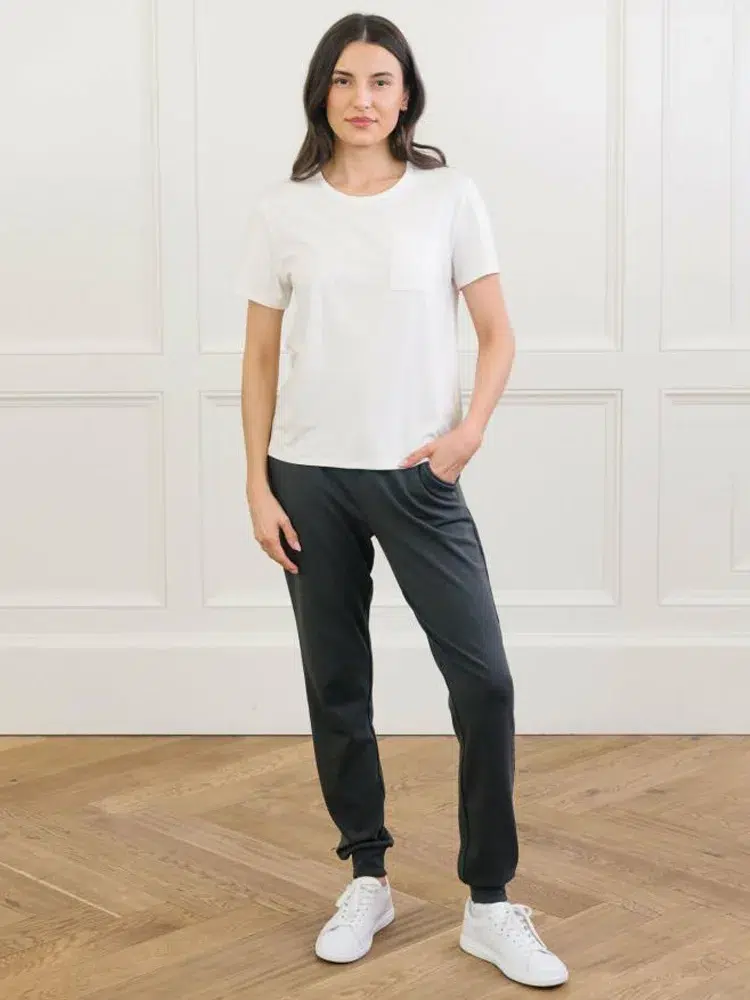
The complex journey of a garment traces a fascinating path from factories for clothes and fabrics to retail outlets making it accessible to the consumer. But many customers are oblivious to this intricate process. Considering ‘factory アパレルブランド‘ as a case in point, the clothing begins in factories that manufacture clothing based on creative designs. The creation of garments involves numerous steps, from detailed pattern cutting, sewing, dyeing to the finishing of fabrics. Businesses often search for “factories to make my clothing” to seek establishments adept at handling this multifaceted process.
When considering ‘factorie clothing near me’, it’s important to note that these factories’ regional impact extends far beyond local boundaries. Case and point, ‘factorie clothing South Africa’ is not only a significant contributor to the local economy but also a trendsetter in the global fashion world. Moreover, technological innovations have further streamlined the manufacturing process. Consumers are now only a few clicks away from their desired ‘factory cloth’ or ‘factory clothes near me’. Thus, the journey of a garment, from factories that make clothes to the retail shelves, is a testament to the fashion industry’s dynamic and global nature.
Exploring the Challenges and Solutions in Fashion Production
The fashion industry, like any other, is fraught with its unique set of challenges. When initiating a search for “factory clothing near me”, the primary intention is to find a local, reliable manufacturing partner. However, the reality of navigating through factory direct 衣料品サプライヤー often involves grappling with concerns about quality control, sustainable practices, and ethical labor conditions. These challenges are largely present in factories for 衣料品製造 globally. Regardless of whether the focus is on factory women’s clothing or a larger clothing line, maintaining consistency in production, design, and overall brand experience can be a steep uphill task.
To counter these production challenges, an increasing number of fashion brands are turning to factory direct wholesale clothing suppliers who prioritize ethical, sustainable practices. This is mostly triggered by the rising awareness among consumers about the importance of sustainability and ethics in factory-made clothes. Another commendable solution is the integration of advanced technology into the 生産工程. Beyond just considering a factory to make my clothes, brands now seek partners who are committed to innovation and efficiency, thus bringing about higher quality and lower waste. With these measures in place, the journey from factory to retail becomes smoother while also fostering a conscientious attitude towards the business of fashion.
よくあるご質問
What are some of the hidden processes in the fashion industry?
The fashion industry is made up of a myriad of intricate processes, including pattern making, sewing and assembly, quality control, and fabric dyeing and finishing. All these processes are critical in fashion production and contribute to the final product that reaches the retail market.
What complexities are involved in textile manufacturing?
Textile manufacturing is a complex process involving the transformation of raw fibers into finished fabrics. This process may include spinning, weaving or 編み物, dyeing, and finishing. Each stage has its own set of challenges including maintaining quality, reducing waste, and ensuring sustainable practices.
Why is pattern making crucial in garment production?
Pattern making is the blueprint for a garment. It determines the shape, fit, and style of a garment. It is a technical and precise process that directly impacts the overall look and fit of the final product.
How important is the process of sewing and assembly in fashion creation?
Sewing and assembly are often considered the backbone of fashion creation. They involve the construction of a garment from individual pieces, following the pattern established in the design phase. This process requires skilled craftsmanship and attention to detail.
How is quality control achieved in garment production?
Quality control in 衣料生産 involves several checks at different stages of production. These checks ensure that the materials used, the sewing and assembly processes, and the final product meet the established standards of quality.
Can you explain the process of dyeing and finishing fabrics?
Dyeing and finishing involve adding color and other treatments to fabrics to achieve the desired look and feel. This can include processes like bleaching, printing, and applying finishes to enhance durability, comfort, or appearance.
What sustainable practices are being implemented in modern garment production?
Sustainable practices in modern garment production include using environmentally friendly materials, reducing waste, improving energy efficiency, and ensuring fair labor practices. These practices not only help protect the environment but also contribute to the long-term viability of the fashion industry.
What is the impact of technology on fashion manufacturing?
Technology has significantly transformed ファッション製造. It has introduced automation, digital design tools, and advanced machinery that improve efficiency, accuracy, and speed of production. It also allows for more sustainable practices such as precision agriculture for raw materials and water recycling in dyeing processes.
Can you describe the journey of a garment from factory to retail?
The journey of a garment from factory to retail involves design, production, quality control, packaging, and distribution. Each stage requires careful planning, coordination, and control to ensure that the final product reaches the consumer in the best possible condition.
What are some of the challenges and solutions in fashion production?
Some challenges in fashion production include maintaining quality, reducing waste, managing costs, and meeting ethical and environmental standards. Solutions may involve adopting sustainable practices, utilizing advanced technologies, and improving サプライチェーンマネジメント.


